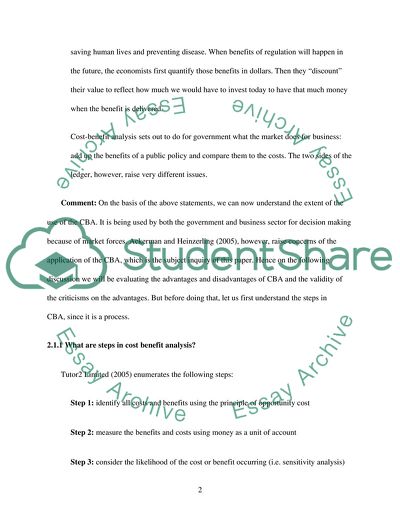Cite this document
(The Effectiveness of Social Cost Benefit Analysis Assignment, n.d.)
The Effectiveness of Social Cost Benefit Analysis Assignment. https://studentshare.org/finance-accounting/1703504-social-cost-benifit-analysis
The Effectiveness of Social Cost Benefit Analysis Assignment. https://studentshare.org/finance-accounting/1703504-social-cost-benifit-analysis
(The Effectiveness of Social Cost Benefit Analysis Assignment)
The Effectiveness of Social Cost Benefit Analysis Assignment. https://studentshare.org/finance-accounting/1703504-social-cost-benifit-analysis.
The Effectiveness of Social Cost Benefit Analysis Assignment. https://studentshare.org/finance-accounting/1703504-social-cost-benifit-analysis.
“The Effectiveness of Social Cost Benefit Analysis Assignment”. https://studentshare.org/finance-accounting/1703504-social-cost-benifit-analysis.


